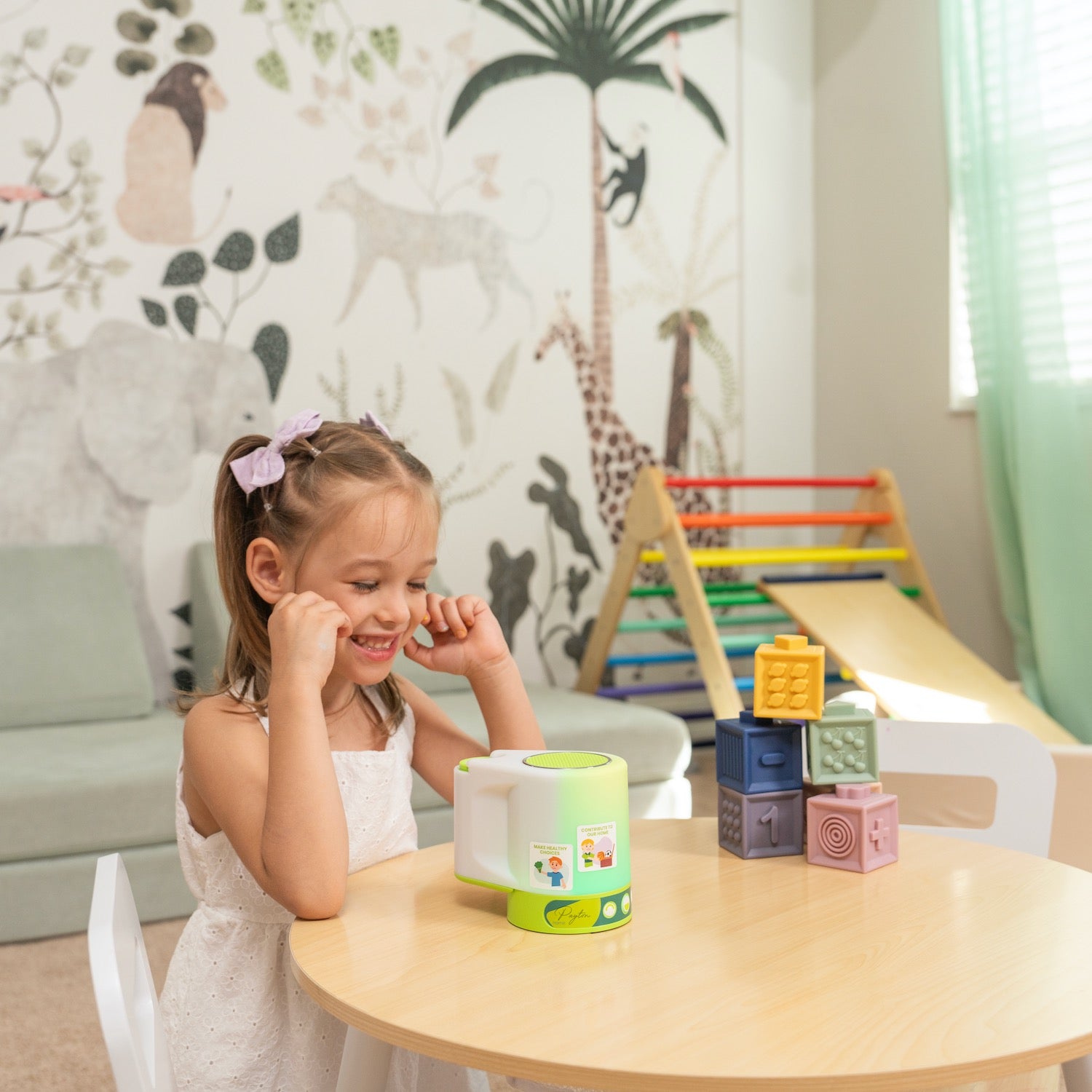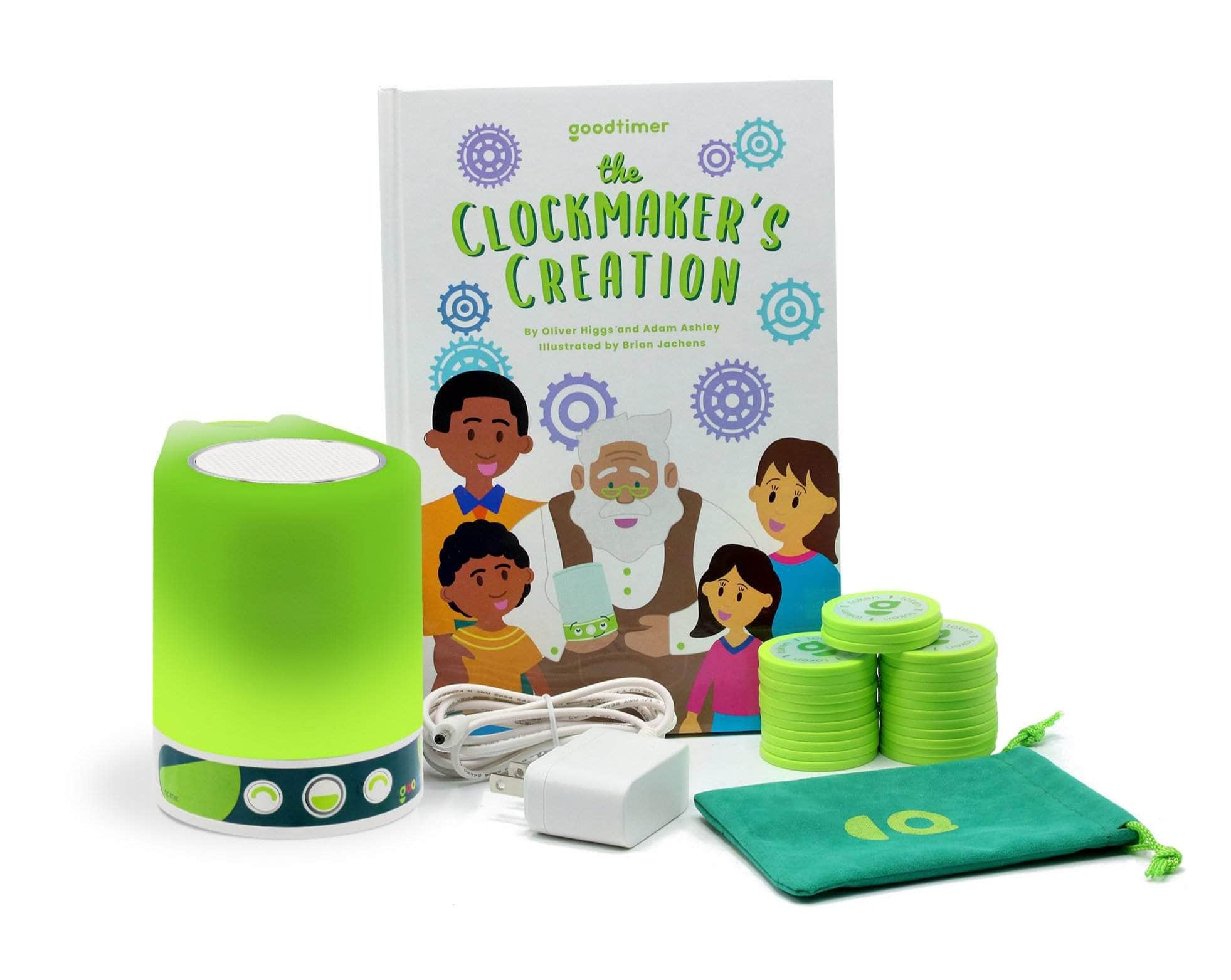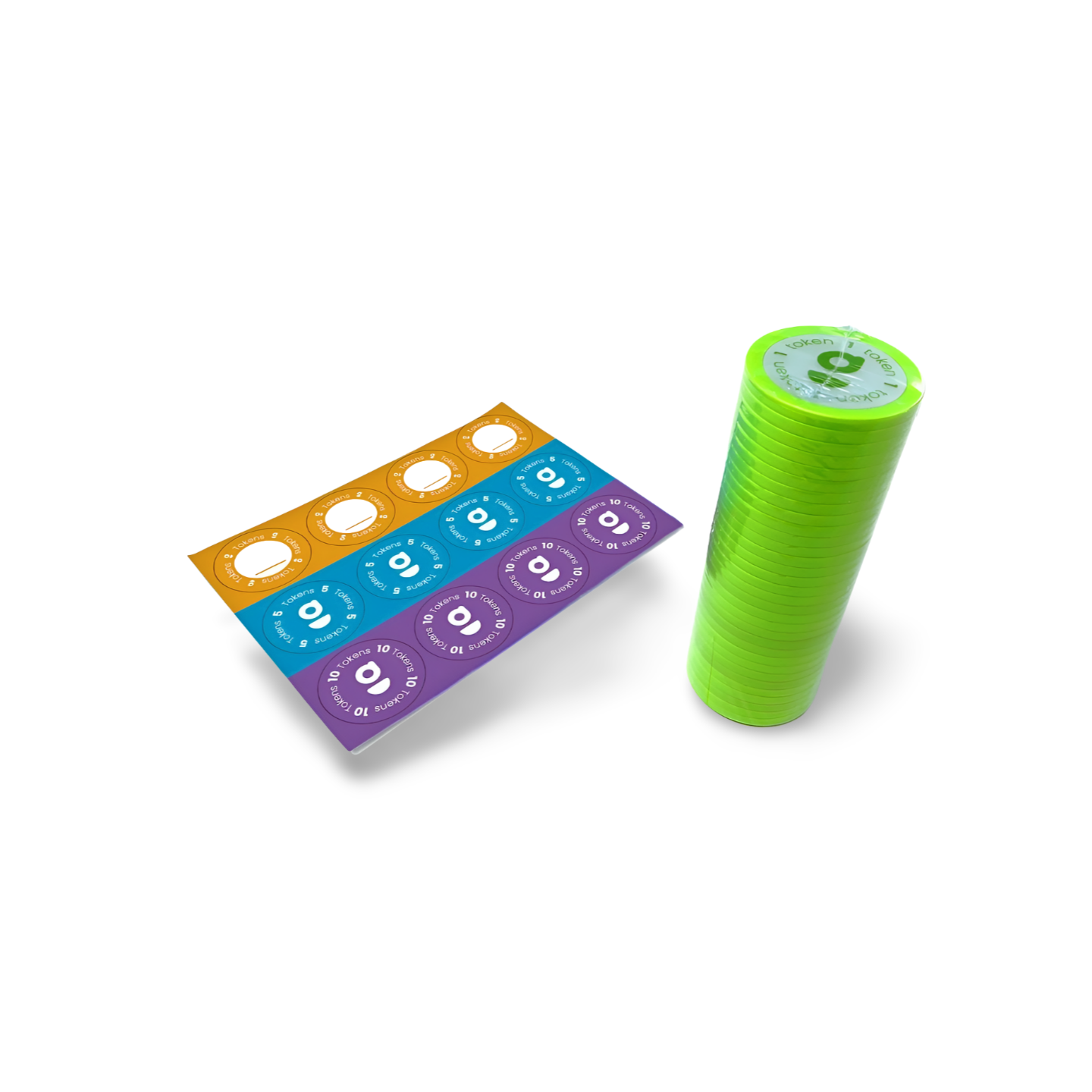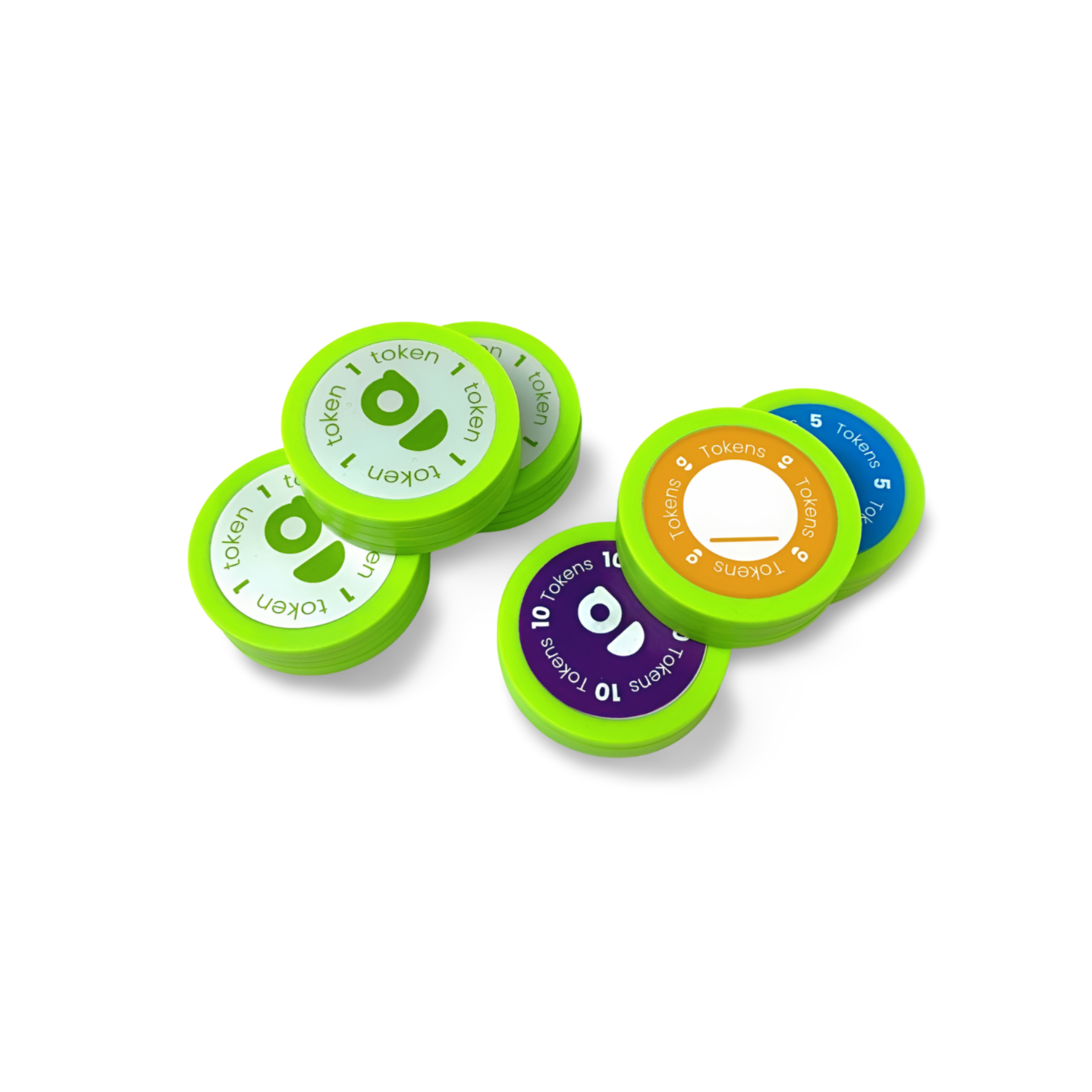Encouraging Children to Share and Take Turns
Encouraging our little ones to embrace the concept of sharing is a common early goal for parents, and, it’s a goal that requires quite a bit of patience. In this blog post, we'll explore positive parenting-inspired methods of teaching children sharing and turn-taking skills, while also recognizing how their unique stages of development impact the way they learn and practice these skills. Keep reading to explore how this seemingly daunting task can become an enriching experience for not only your kids, but for you, too!
First comes turn taking, then comes sharing...
Before telling your kids to share their toys, it is recommended that parents first introduce the concept of taking turns. Turn-taking, when guided by adults, is a great entryway step for children to get a grasp on the broader concept of sharing. When young kids exercise their ability to take turns, they learn the practice of patience as they wait for their favorite toy to come back to them.
Children may start taking turns at around age two so long as they are receiving support and guidance from their parents or caregivers. Sharing, on the other hand, is a much trickier concept that most kids do not have the capacity to to tackle until around the age of four. Regardless of whether your child is a toddler or a grade-schooler, consider introducing these learning strategies into your home:
Practical Strategies for Positive Learning:
Create House Rules. When creating house rules around sharing and turn-taking, it is a good idea to empower your child by allowing them to pick a few favorite items which they are not required to share. By doing this, you're respecting their attachment to their favorite things and "negotiating" in a way so they are more willing to share less-cherished toys. (It may be a good idea to hide any items deemed unsharable before playdates to avoid drama!) You can also set clear boundaries re: which behaviors (or lack thereof) will lead to a Goodtimer flip.
Practice Makes Perfect. When you play with your child, set an intention to help them learn turn-taking and sharing. Your child will feel comfortable first practicing these skills with you, and you can control how long they are "waiting" for their turn to match their patience capacity. Gradually extend this time as they begin to adopt positive turn-taking behaviors. Remember to keep their Goodtimers nearby so you can request a flip (if need be) during this low-stakes interaction. Once they’ve mastered turn-taking/sharing with you, swap yourself out for their sibling or friend to allow them to practice in the big leagues!
Spoons in the Bowl. Waiting patiently is an entire skill set in itself! Help your children by giving them something simple and achievable to do while they are waiting, e.g., clasp their hands together ("waiting hands").
Use props as sharing examples - food works!. While your kiddos are seated at the table about to chomp into their favorite snack, take advantage of their likely calm and positive demeanors to model sharing. Here's how: allow them to see everyone's snack on a single plate (e.g., a plate with four string cheeses on it), and then let them watch you divide each snack onto everyone’s plates. As they enjoy their portion, call their memory back to how you shared the snack equally. You can even ask them to name an example of something they could share!
Keep Tabs. When a toy is amazing, (and sometimes even when it's not), some kids may want to keep a score of how long their playmate's turn lasts. You can help them maintain equally-timed turns by passing the item each time a new Goodtimer light glows!
Set Them up for Success. If your child has a friend coming over that afternoon, take some time beforehand to practice empathy with your kid. Help them imagine their friend picking up and playing with their toys. Also help them explore how a friend might feel if they are not willing to share any toys (e.g., “How would you feel if you went to Celia's house and she didn't share any of her toys with you?”). Try to keep your tone joyful, and ask them questions that may help them feel excited to share, like, “Which toy do you hope he’ll like to play with the best?” When their friend arrives, you can guide them through turn-taking and sharing.
Take a Breather. Just like when grownups’ emotions become unmanageable, kids also benefit from taking a break. When turn-taking and sharing becomes too challenging, step in with an activity that allows each of the kids a chance to play at the same time. An obvious and easy choice might be turning on a TV show. Other options include setting up a coloring station or doling out sensory toys to engage them.
Keep Your Limits and Follow Through. For parents, the trickiest part in all of this is not giving in to tantrums (no matter the size of the outburst)! Giving in will encourage more tantrums in the long run and confuse your child of what’s expected of them. Do your best to stay calm, stand your ground, and ask for a Goodtimer flip if their behavior warrants one. You’ll thank yourself later!
***
Teaching kids to share and take turns is important for their social and personal growth; after all, these are skills they will use all throughout their lives. Do your best to stay positive, patient, and empathetic during this "teachable" time...and go easy on yourself. If you are mindful enough to know you cannot access your "calm" in a moment that warrants it, give yourself permission to take a few deep breaths before returning to the moment.
Watch the Video:










Leave a comment